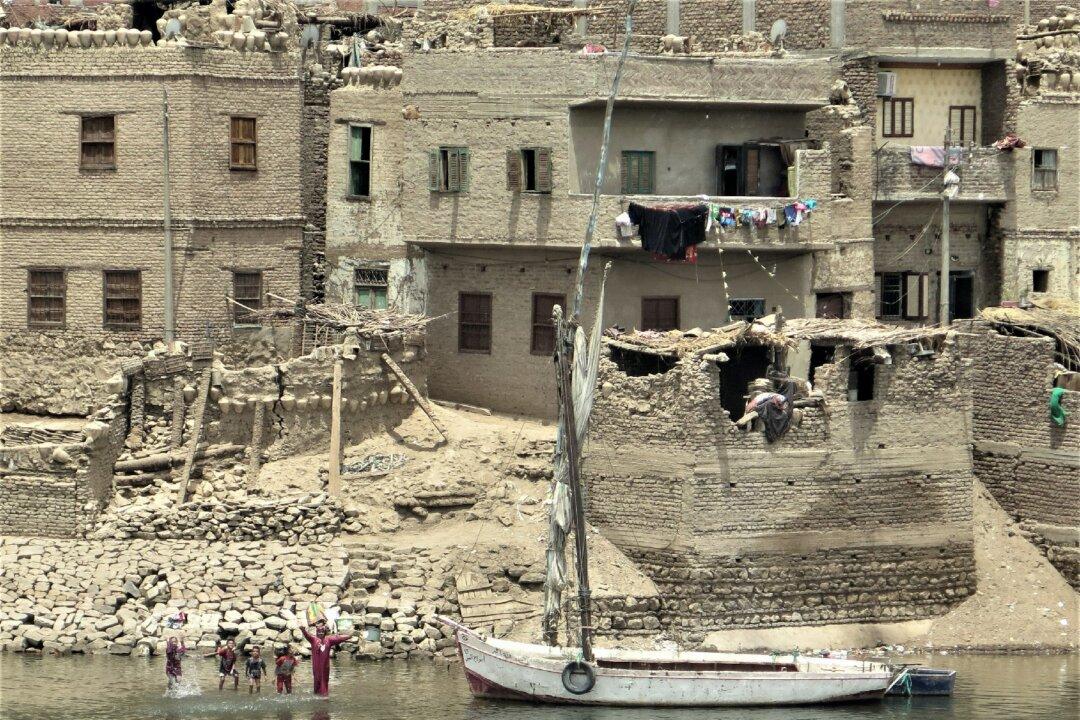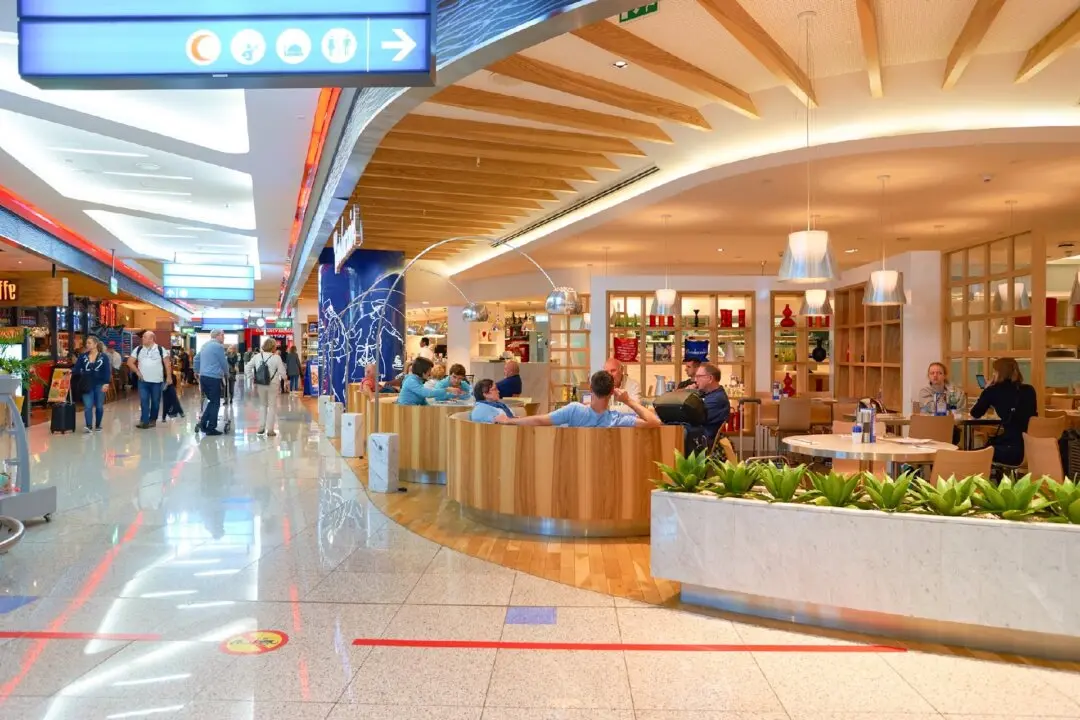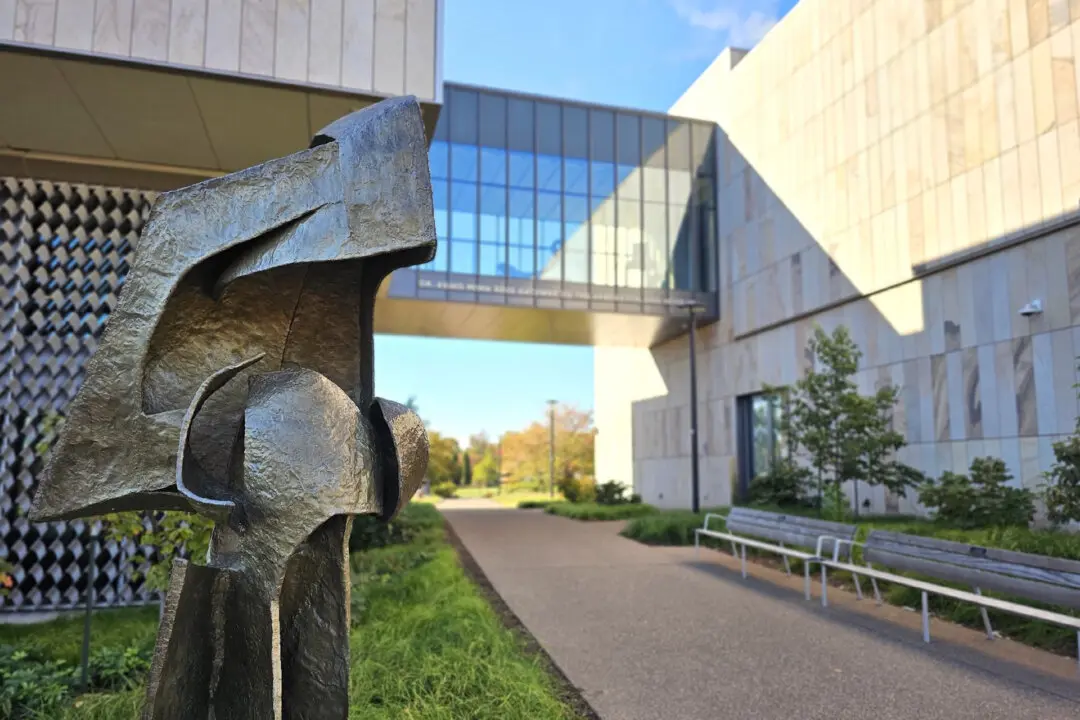As I sat on the sun deck outside my riverboat cabin, overlooking the surrounding scene, many of the most fabled attractions of Egypt came into view, including the towering Pyramids of Giza guarded by the world-famous Sphinx, whose face, believed to portray that of a pharaoh, sits on the body of a lion. I spotted and marveled at some of the 100-plus pyramids dotted about the country. While they are the focus of much-deserved attention, I soon realized that equally impressive monumental temples dedicated to the worship of gods and the commemoration of pharaohs compete with them in size, beauty, and wonder.
Egypt From the Water
The temple complex at Karnak, whose construction began in the 19th century B.C., encompasses shrines and monuments built for a series of rulers. Walls are covered by hieroglyphics that remain as deeply etched and detailed as when they were carved. The colors of wall paintings are as bright as when artists applied them thousands of years ago.The temple at Luxor was a center for some of Egypt’s most powerful pharaohs. They included Ramses II, whose reign lasted 67 years, and Tutankhamen (“the boy king”), who died nine years after taking the throne.





